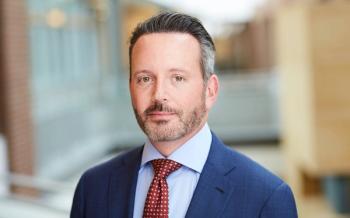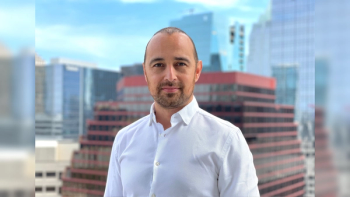
What does the multi-channel enabled pharma company look like?
"If you don't like change, you are going to like irrelevance even less." Gen Eric Shinseki US Army (ret.)
Hardly a day goes by without a new report, today
Pharma has responded by restructuring, re-focussing, divesting, merging, laying off and so on, but all of these are, I would argue, tinkering with the existing model, rather like re-painting the sides of a horse-drawn cart when it is in the middle of a six-lane motorway junction with the traffic going past at 70 mph. And one of the highways in the junction is the conversation that is taking place amongst their customers and stakeholders online.
So how does pharma deal with this online traffic? I would categorise it in five ways:
- 1. head in sand,
- 2. what is this all about?
- 3. don't touch
- 4. proceed with caution or
- 5. full steam ahead! (with fewer pharma companies in each category as you move down this list.)
History, culture, personalities, leadership, inertia, fear, regulations, politics, central/global strategies all influence how pharma companies use the various communication channels. But imagine if a non-pharma company came on the scene with a new prescription product; what if Richard Branson, Carly Fiorina, Steve Jobs or Larry Page and Sergey Brin discovered a previously un-launched pharmaceutical product. What would their sales and marketing operation look like?
1. Speed would be one of the cornerstones. How long would it take Stelios Haji-Ioannou to change the layout and prices on the EasyJet website. And how long would it take a pharma company? Before you embark on building that big new shiny product website read this Adam Broitman article:
2. Resources would be the second thing, not extra money the right people in the right place with the right qualifications and skills to deploy the optimum mix of all the channels to reach their customers. Why have a sales force of 150-400 when 50% of your customers are "no see" but only one medic per brand and a compliance or legal team of four? In my experience there is no shortage of innovation coming from sales and marketing departments but they often get reduced to a trickle once they hit the limited manpower deployed in the approval process. Not that I am advocating lay-offs, far from it but a re-allocation and re-tooling of the human resources within companies.
3. Processes. Where there is uncertainty regarding external regulations, which is certainly the case for online marketing, develop clear and consistently applied internal processes; not everyone will necessarily agree with them but at least everyone knows what they can and cannot do. If you are uncertain about how to use a particular channel, pilot, start small scale, set clear objectives, measure and take learnings into other brands.
4. Culture. An understanding that pharma marketing needs to embrace all the communication channels and a leadership that empowers the organisation to try new things, celebrating when they go well, and learning from the mistakes when they don't. In other words, not taking the approach of "We did an e-Detail once for one of our brands, it didn't work so we don't do them anymore for any of our brands."
- Further reading
What if you were able to do online whatever you wanted:http://www.doseofdigital.com/2009/09/crushing-pharmas-digital-marketing-dreamspart-2/ Paul Dixey is a managing partner atBlueLight Partners reports. Hear more from Paul and others at DigiPharm Europe on 22–25 September 2009 in London. For more details visit:
www.healthnetworkcommunications.com/2009/digipharm
Newsletter
Lead with insight with the Pharmaceutical Executive newsletter, featuring strategic analysis, leadership trends, and market intelligence for biopharma decision-makers.





